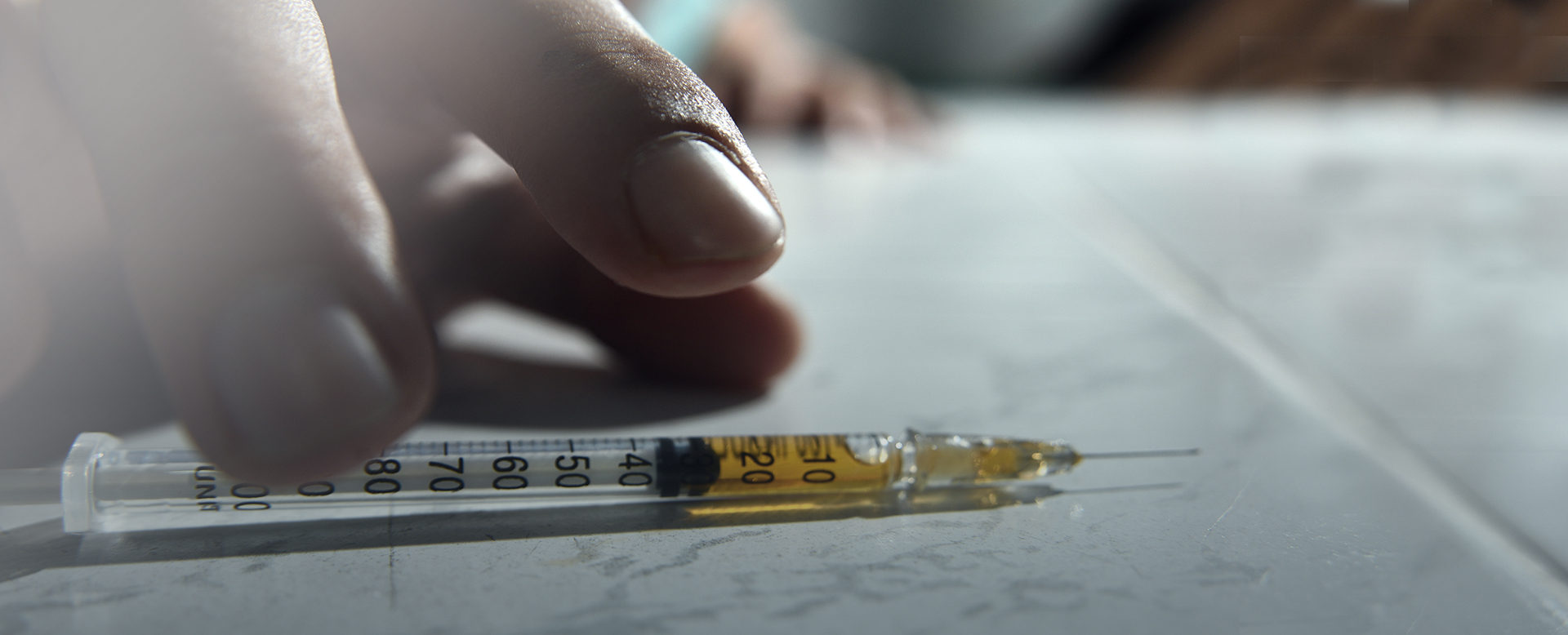Overview
This webinar will focus on the North Carolina Medical Examiner System and the toxicology laboratory that serves the system. Included will be information on the changing landscape of death certification and changes to the laboratory approach to testing.
As the number of opioid overdoses have increased since the late 1990’s the primary agents have shifted from prescription medications such as methadone and oxycodone to heroin, fentanyl, fentanyl analogs and other opioids. The modern medical examiner system and laboratory have had to shift resources and analytical approaches in order to cope.
The North Carolina Office of the Chief Medical Examiner (OCME) investigates all sudden, unexpected deaths in North Carolina, including all suspected drug-related deaths. The OCME collects data from autopsy reports, death certificates, investigation reports, and toxicology reports on all deaths investigated by the medical examiner system. The data collected by the OCME can be used to identify trends relating to deaths in North Carolina, inform public health initiatives and develop prevention strategies. As the number of deaths suspicious for drug overdose have increased so have the number of autopsies performed by the medical examiner system with an increase of 145% since 2000 for a total of 4,416 autopsies in 2015. The OCME toxicology laboratory serves all 100 counties of NC and performs more than 50,000 tests per year. The testing scheme utilizes both targeted and untargeted screening procedures and is based on case history and pathologist request with the most expansive testing performed on suspected drug overdose cases. As the number of autopsies and drug overdoses increased so too have the number of novel compounds detected by the laboratory.
The webinar will review the changes to the drugs detected over the years and the general approach to detecting these compounds. To combat the increased workload, strategies for initiating efficiencies in testing will be discussed. Included will be a discussion of the various analytical techniques (GC-MS, LC-MS/MS and Orbitrap LC-MS/MS) utilized in the laboratory detection scheme, the advantages and disadvantages to each, and how having all of these techniques available may be the best approach. Case studies will be utilized to illustrate the approach.
A certificate of completion is available for all who register and attend this webinar.
Presenter
- Ruth E. Winecker, Ph.D. F-ABFT
Funding for this Forensic Technology Center of Excellence webinar has been provided by the National Institute of Justice, Office of Justice Programs, U.S. Department of Justice.
The opinions, findings, and conclusions or recommendations expressed in this webinar are those of the presenter(s) and do not necessarily reflect those of the U.S. Department of Justice.
Contact us at ForensicCOE@rti.org with any questions and subscribe to our newsletter for notifications.




